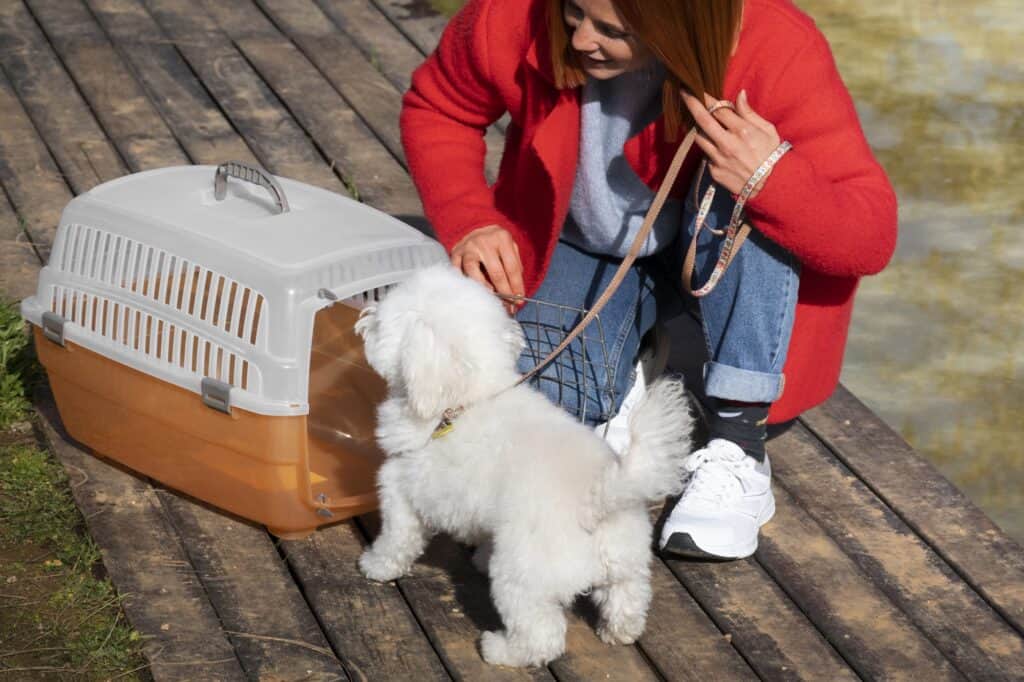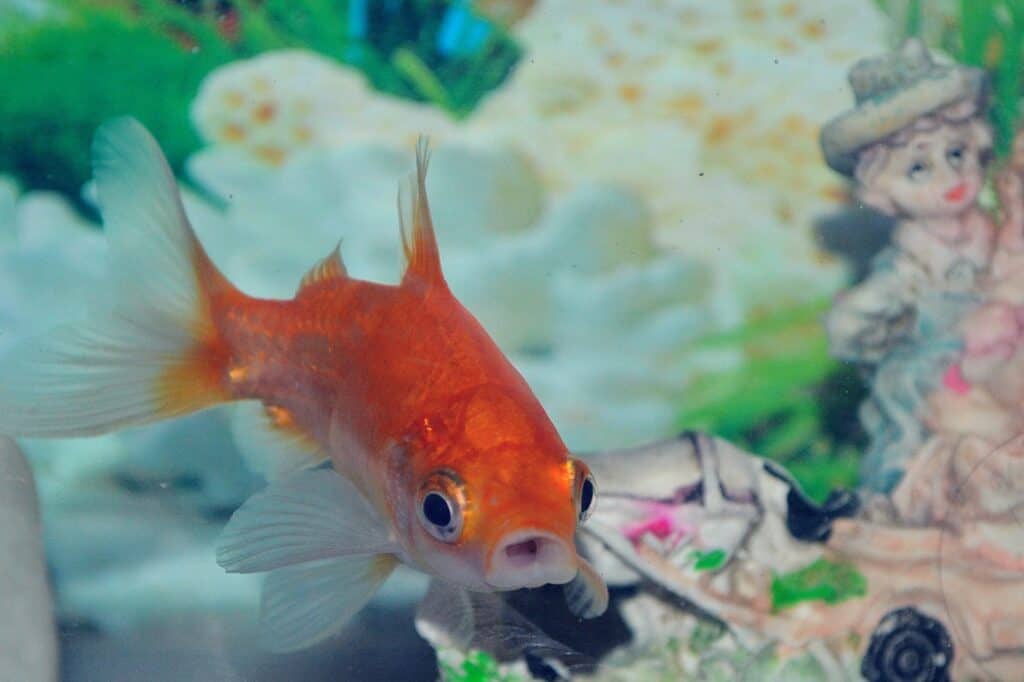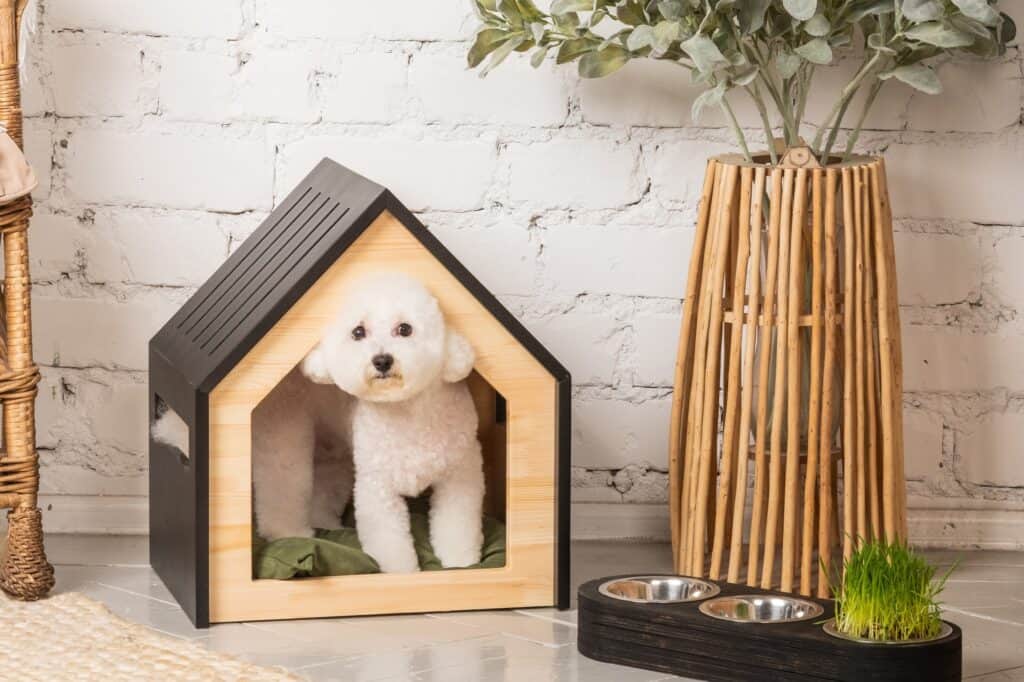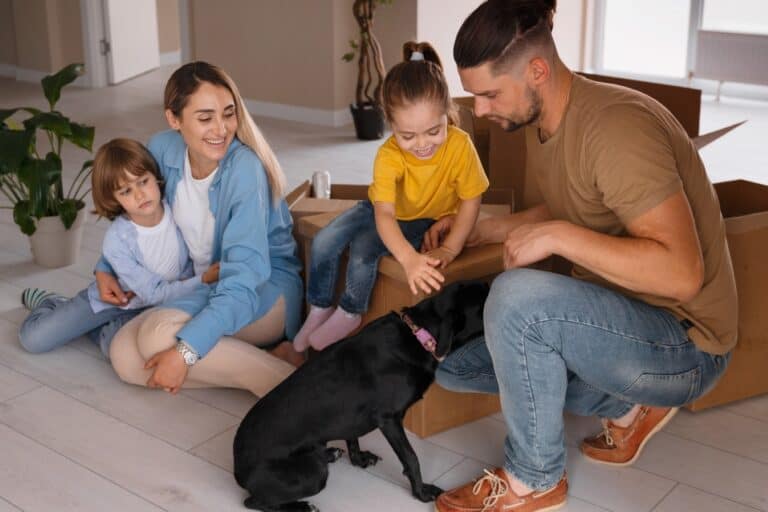Worried about managing pet transportation when moving house? You’re not alone. Relocating with pets can be a challenging task, but with the right preparation, it can be a smooth and stress-free experience. This comprehensive guide will walk you through essential steps such as conducting pre-move vet visits, selecting a suitable pet carrier, and choosing a pet-friendly moving company. Following these expert tips can ensure your pet’s move is as seamless and comfortable as possible.
Key Takeaways
- Gradually prepare pets for relocation by maintaining their routines, introducing carriers and packing boxes early to reduce anxiety, and ensuring they feel secure amidst the moving process.
- Select a pet-friendly moving company experienced in pet transport to ensure your pet’s safety, comfort, and well-being throughout the journey.
- Conduct pre-move vet visits to update vaccinations and health documentation, ensuring pets are fit for travel, meet legal requirements, and have a stress-free moving experience.
Getting Pets Ready for the Big Move
The journey towards a stress-free moving experience begins well before the actual moving day. Gradual preparation is key to reducing your pet’s anxiety and helping them adapt to the changes in their environment. Start by maintaining consistent routines during the weeks leading up to the move. This stability will provide security amidst the chaos of packing and moving house.
Introducing carriers and moving boxes early can also make a significant difference. Keep the carrier open and place treats or toys inside. This will help create positive associations. This will make the carrier a familiar and safe space for your pet, reducing their stress during transportation when moving house.
Similarly, placing moving boxes around the house ahead of time will help your pets adjust to the moving process and reduce potential stress. Gradual preparation and consistency in your pet’s routine are vital to ensuring a smooth transition for your furry friends.
Choosing a Pet-Friendly Moving Company
Selecting the right moving company is critical to your pet’s safety and comfort during the move. When managing pet transportation, prioritise companies with experience in pet relocations. Such companies understand the unique needs of pets and can offer specialised services to ensure a stress-free moving experience.
Keep your pet’s safety the top priority on a moving day by choosing pet-friendly companies with specific care policies for pets. These companies are more likely to cater to your pet’s requirements and provide the necessary accommodations for their comfort. Checking industry certifications and seeking personal recommendations can also help evaluate the moving company’s reputation.
Don’t hesitate to ask friends, family, and colleagues for recommendations. Personal experiences can be invaluable in finding a reliable pet-friendly removal company. Ensure the chosen company understands your pet’s needs and prioritises their comfort and safety throughout the moving process.
Pre-Move Vet Visits and Health Checks
A pre-move vet visit ensures your pet’s health and well-being. During this visit, update vaccinations, check for any chronic conditions, and discuss potential travel medications to manage stress. This ensures pets are in optimal health before the stressful event of moving house.
Additionally, make sure all identification details, such as ID tags and microchips, are current. Confirm that you have all the necessary documents, including health certificates and pet passports if required, well before the move. This preparation will help ensure a smooth transition and compliance with any legal requirements for pet transportation when moving, especially for long-distance or international moves.
Choosing the Perfect Pet Carrier

Selecting the appropriate pet carrier ensures your pet’s comfort and safety during the move. The carrier should be spacious enough for your pet to stand, turn around, and lie comfortably. Including familiar items like toys or blankets in the carrier can provide additional comfort and help reduce anxiety during transportation.
Key features to look for in a pet carrier include good ventilation, secure locking systems, and durable materials. Well-ventilated carriers, with mesh sides or windows, ensure proper airflow, which is crucial for your pet’s well-being. Secure locking systems and padded handles enhance safety and ease of transport.
Hard-sided carriers provide added protection for larger pets during travel, while soft-sided carriers are more portable and suited for small to medium-sized pets. If you’re flying, make sure the carrier is airline-approved, complying with regulations regarding size, ventilation, and safety features.
Must-Have Packing Checklist
Packing for your pet requires careful planning to ensure you have all the essentials. Start with a detailed checklist that includes pet medications, plastic bags, grooming supplies, a collapsible water bowl, favourite toys, a travel crate or carrier, an extra leash and harness, and a first-aid kit.
Pack your pet’s belongings, like toys and bedding, last to ensure they have familiar items accessible during the journey, providing comfort and reducing anxiety. Additionally, make sure to label and pack any medications your pets are currently taking, including heartworm and flea treatments, for easy access during the move.
Don’t forget to pack extra food and treats, especially if there’s a chance of delays. This careful planning will help ensure your pet’s needs are met throughout the moving process and contribute to a stress-free move.
Transporting Pets Safely
Use appropriate carriers that are the right size and provide adequate ventilation to keep your pets comfortable during transport. For long pet trips, take frequent breaks to allow them to stretch, relieve themselves, and reduce stress.
Feed your pets a light meal a few hours before travel and avoid feeding them immediately before the trip to prevent motion sickness. Providing familiar items like blankets or toys in the carrier can also enhance their comfort and reduce anxiety during the move. These precautions ensure a smooth and stress-free transportation experience for your furry friends.
Calming Strategies for Pet Anxiety
Managing pet transportation involves addressing pet anxiety effectively. Maintain a routine to reassure your pets amidst the chaos of moving. Using dog-appealing pheromones or synthetic pheromones can help pets feel more secure and calm during the transition to a new home.
Natural calming sprays that mimic pheromones can be used to soothe anxious pets. Additionally, leaving familiar items, like a blanket or piece of clothing, in the crate can help lessen a pet’s anxiety. Keeping a calm demeanour yourself will also help your pet’s anxiety feel more secure during stressful situations.
These strategies are designed to minimise stress, making the moving process smoother and more comfortable for your pets. By maintaining familiar routines and incorporating calming techniques, your pets can experience a more seamless transition to their new environment.
Tailored Tips for Moving with Pets
Different pets require tailored strategies for a successful move, addressing their specific emotional and physical needs. In the following subsections, we’ll provide detailed advice for relocating with cats, dogs, and small pets. From creating safe zones to maintaining routines, these tips will ensure a smooth transition for your pets, helping them settle into their new surroundings with ease.

Relocating with Cats
When relocating with cats, keep them indoors during the packing phase to reduce stress and prevent escape. Once in the new home, start by confining them to one room to help them acclimate. Use pheromone diffusers to significantly ease their stress levels during the move.
Creating a calming environment with familiar toys, maintaining routines, and establishing a cat-safe zone will help your cats feel secure and adjust to their new surroundings.
Moving with Dogs
Unpack your dog’s bedding, food, water, and toys first to ensure a smooth transition and make them comfortable. Create a designated space with familiar scents to help them settle. Maintaining a consistent feeding and walking schedule is crucial for their sense of security during the moving process.
Allow your dog to explore their new surroundings at their pace, and if they make mistakes, be patient and avoid excessive scolding.
Transporting Small Pets
Transport small pets in secure carriers that provide ventilation and comfort. To ensure a smoother transition, mirror their previous environment in their new habitat. Small mammals can feel more secure during transport in dark, enclosed containers. These containers provide a sense of safety for the animals.
When moving birds, it’s beneficial to cover their cages with breathable fabric to help maintain a sense of calm during the transition. This simple step can significantly reduce their anxiety, ensuring a smoother and more stress-free transportation experience.
Transporting fish during a move requires careful planning. Use a secure, watertight container with some of their original tank water to reduce stress. For long journeys, employ a battery-operated air pump for oxygen. Seal the container to prevent spills and insulate it for stable temperature. Slowly acclimate the fish to their new tank water to minimise stress and ensure a smooth transition at the new home.
Setting Up a Safe Space in the New Home
A designated safe area with familiar scents and items helps pets feel secure. This safe zone should contain essentials like food, water, bedding, and favourite toys to ensure comfort. Allowing pets to explore their new home at their own pace can help them adjust and feel secure.
Introduce pets to different areas of the home gradually to reduce anxiety and promote confidence. Unpacking your dog’s essentials first brings familiarity and can ease their transition. Cleaning your new house before introducing pets can help reduce stress by eliminating unfamiliar odours.
Post-Move Adjustment Period
Maintaining routines with mealtimes and playtime is vital for your pet’s adjustment to the new home. Familiar items like beds and toys in the new home provide pet’s comfort and help pets feel secure.
Observe your pet’s behaviour and be kind and reassuring. Allow gradual exploration to assist in helping pets adjust. If your pet continues to struggle after settling in, consider consulting a veterinarian or a pet behaviour expert.

Long-Distance and International Pet Relocation
A health certificate from a vet is often required for long-distance and international pet relocation. Ensure your pet is microchipped and has timely vaccinations, including rabies, and obtain an animal health certificate and a pet passport if necessary. The process of obtaining health certifications can take 1 to 28 days, so plan accordingly.
Taking frequent breaks during long-distance travel is important for pets. These breaks allow them to stretch and relieve themselves. Certain moving companies can assist with international pet transport, simplifying the complex logistics involved.
Hiring Extra Assistance
Extra assistance can help reduce your pet’s stress during a move. This includes professionals like pet sitters or pet relocation services to ensure their well-being. These services can handle logistics, permits, and pet-friendly flight bookings, making the transition smoother for both you and your pet. When hiring a pet sitter or boarding facility, ensure the pet’s safety and comfort of your pet by checking references and reviews.
Final Checks Before Moving Day
Before moving day, double-check that all pet documents, medications, and essential items are packed. Ensure the microchip and ID tags are updated with your new address. Pack essential medications such as heartworm and flea treatments for your pet. It’s also wise to have a travel checklist to ensure nothing is overlooked.
This list should include your pet’s favourite toys, bedding, and any familiar items that can help them feel secure during the move. Additionally, consider packing a travel-friendly first-aid kit specifically for pets, which includes bandages, antiseptic wipes, and any prescribed medications.
Having a designated pet travel bag can make it easier to access these items quickly when needed. Keep your pet’s vaccination records and health certificates in a secure but accessible place, as they might be required during travel or upon arrival at your new destination.
Moreover, if you’re moving a long distance or internationally, research the pet regulations and requirements in the destination country well in advance. This includes understanding quarantine laws, which might necessitate additional vaccinations or documentation. By being thoroughly prepared, you can minimise stress and ensure a smooth transition for your furry friend.
Summary
Relocating with pets necessitates careful planning to ensure their well-being throughout the process. Each type of pet requires specific strategies for transportation, whether it’s providing a fitted dog guard for dogs or a quiet, enclosed space for cats. Familiar scents, such as your pet’s favourite toys or bedding, can ease anxiety and help them adjust to the new environment. It’s also essential to address legal requirements like animal health certificates or pet passports, especially for international moves, to avoid complications.
In addition, pet owners should consult with veterinarians regarding potential motion sickness remedies and strive to maintain their pets’ routines to minimise stress during the transition. Upon arriving at your new home, it’s vital to take the time to introduce your pets gradually to their new surroundings, helping them settle in and feel comfortable in their new space and surroundings. Allow them to explore at their own pace, and be patient as they adjust to their new home.
Frequently Asked Questions
What should I do to prepare my pet for the move?
To prepare your pet for the move, gradually acclimate them to carriers and moving boxes while maintaining their routines. This approach can significantly reduce their anxiety and stress during the transition.
How do I choose a pet-friendly moving company?
To select a pet-friendly moving company, prioritise those with experience in pet relocations, verify certifications, and seek personal recommendations to ensure they are equipped to meet your pet’s needs.
What should be included in a pet packing checklist?
A comprehensive pet packing checklist should include essential items such as medications, grooming supplies, a collapsible water bowl, favourite toys, a travel crate, an extra leash, and a first-aid kit. Ensuring you have these items will help keep your pet comfortable and safe during travel.
How can I help my pet adjust to the new home?
To help your pet adjust to a new home, create a safe space with familiar items and maintain established routines while allowing for gradual exploration. This approach will help your pet feel secure and comfortable in their new environment.
What are the requirements for international pet relocation?
The requirements for international pet relocation include a health certificate, microchipping, rabies vaccination, and a pet passport. It is advisable to plan early, as obtaining these certifications can be time-consuming.







